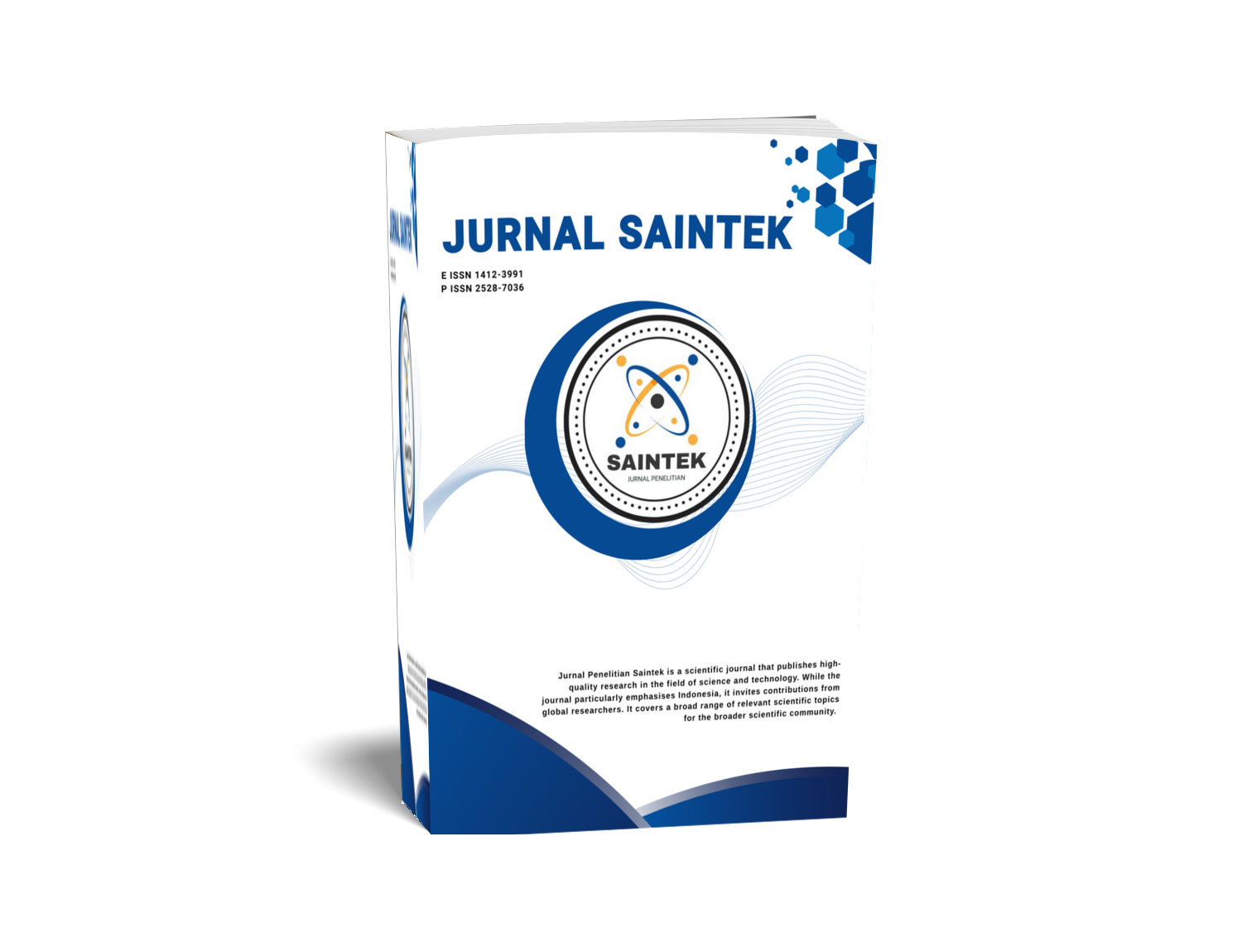ANTIBACTERIAL POTENTIAL OF JAMU INGGU AGAINTS SOME BACTERIA CAUSING UPPER RESPIRATORY TRACT INFECTION
DOI:
https://doi.org/10.21831/jps.v20i2.9595Keywords:
Antibacteria, jamu inggu, Upper Respiratory Tract Infection BacteriaAbstract
This study aims to examine the potential of jamu inggu as an alternative antibacterial herb that can be used against Staphylococcus aureus, Streptococcus pnuemoniae, S. Pyogenes, and Pseudomonas aeruginosa that is causing Upper Respiratory Infections (URI). Antibacteria activity test of jamu inggu was using the Agar diffusion method by Kirby-Bauer. To test jamu inggu antibacterial activity against Staphylococcus aureus, Streptococcus pnuemoniae, S. Pyogenes, and Pseudomonas aeruginosa, the diameter of the test bacteria growth inhibition zone was measured. The formation of a clear zone around the disc indicates that jamu inggu has chemical compounds that are antibacterial against Staphylococcus aureus,while the Pseudomonas aerugenosa, Streptococcus pyogenes, and S. pneumoniae bacteria cannot be inhibited by jamu inggu. It was indicated by no formation of a clear zone around the disc. Result shows that jamu inggu can be used as an alternative source of antibiotics against the Staphylococcus aureus.
References
Dalimartha, S. 1999. Atlas Tumbuhan Obat Indonesia. (Jilid 1). Jakarta: Potensi Jamu Inggu (Sulistyani, N. & Nugrahani, A.) PT Pustaka Pembangunan Swadaya Nusantara.
Depkes RI. 2005. Pharmaceutical Care untuk Penyakit Infeksi Saluran Pernapasan. Jakarta.
Ceylan, E., & Fung, D.Y.C. 2004. Antimicrobial Activity of Spices. Journal of Rapid Methods & Automation in Microbiology, 12(1), 1-55.
Ibrahim, K.M., Naem, R.K., & Abd-Shahib, A. 2013. Antibacterial Activity of Nutmeg (Myristica fragrans) Seed Extracts Againts Some Pathogenic Bacteria. Journal of Al Nahrain University, 16(2),188-192.
Jawetz, M., & Adelberg. 2008. Mikrobiologi Kedokteran. (Edisi ke-23).(Terj.: Riwati Hartanto, dkk.). Jakarta: Penerbit Buku Kedokteran ECG.
Kementerian Kesehatan Republik Indonesia. 2010. Riset Ke sehatan Dasar 2010. Jakarta.
Madigan, M.T., & Martinko, J.M. 2006. Brock Biology of Microorganisms. USA: Pearson Prentice Hall.
Purwaningsih, E.H. 2013. Jamu, Obat Tradisional Asli Indonesia: Pasang Surut Pemanfaatannya di Indonesia Jamu. eJKI, 1(2), 85-89.
Saga, T., & Yamaguchi, K. 2009. History of Antimicrobial Agents and Resistant Bacteria. JMAJ 52(2): 103-108, dari https://www.med.or.jp/english/ journal/ pdf/2009_02/103_108.pdf. Diunduh 19 April 2014.
Sabrina, Musdja, M.Y., & Pratiwi L. 2011. Uji Aktivitas dan Mekanisme Penghambatan Minyak Atsiri Daun Sirih dan Ekstrak Etanol Daun Sirih terhadap Beberapa Bakteri Gram Positif. Farmasains, 1(3), 117-124.
Velasco, E.A., Verheul, A.F.M., Verhoef, J., & Snippe, H. 1995. Streptococcus pneumonia: Virulence Factors, Pathogenesis, andVaccines. Microbiological Reviews, 59(4), 591-603. Volk, W.A., & Wheller, M.F. 1984. Mikrobiologi Dasar. (Terj.: Soenartono Adisoemarto). Jakarta: Erlangga.
Wahyudi, G., Ilmiawan, M.I., & Armyanti, I. 2014. Studi Pendahuluan: Uji Aktivitas Antibakteri Infua Daun Mangga Bacang (Magnifera foetida L.) terhadap Streptococcus pneumoniae secara Invitro. Skripsi. Fakultas Kedokteran UniversitasTanjung Pura.
Downloads
Published
How to Cite
Issue
Section
Citation Check
License
Who Can Submit?
Any individual may submit an original manuscript for consideration for publication in Jurnal Penelitian Saintek as long as they hold the copyright to the work or are authorized by the copyright owner(s) to submit it. Authors retain initial ownership of the copyrights to their works prior to publication, except in cases where, as a condition of employment, they have agreed to transfer copyright to their employer.
User Rights
Jurnal Penelitian Saintek is an Open Access journal. Users are granted the right to read, download, copy, distribute, print, search, or link to the full texts of articles, provided they comply with the conditions of the Creative Commons Attribution-ShareAlike License 4.0 (CC BY-SA 4.0).
https://creativecommons.org/licenses/by-sa/4.0/
Author Rights
Authors retains copyrights.
Jurnal Penelitian Saintek by http://journal.uny.ac.id/index.php/saintek is licensed under a Creative Commons Attribution-ShareAlike 4.0 International License.









